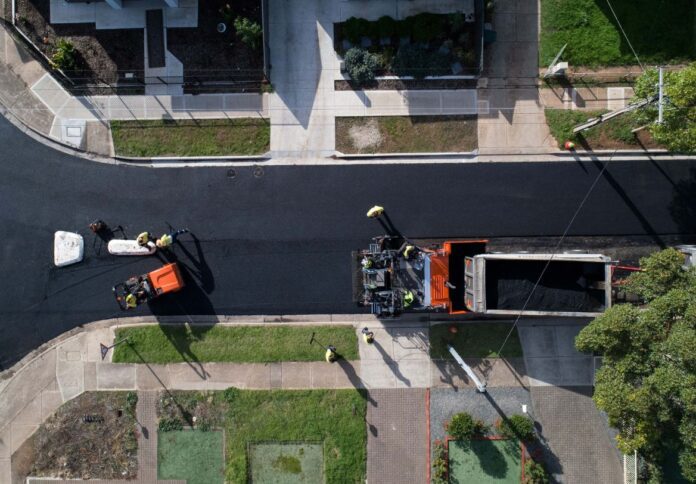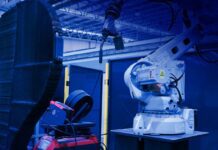
As Australia’s Tyre Product Stewardship Scheme reaches its 10-year milestone, Tyre Stewardship Australia (TSA) has reported unprecedented growth in rubber product recycling opportunities across the country.
This landmark year underscores the commitment of various stakeholders—from metropolitan centres to remote regions—in advancing the circular economy for tyres, despite challenging economic conditions.
“As Australia’s tyre product steward, we provide focused and practical pathways for government, business, and consumers to take action. And they are. They are putting in the hard yards to take us into the future,” said Lina Goodman, CEO of TSA.
She continued, “We’re seeing more innovation than ever before, and it’s all down to the stamina, staying power and will to do the right thing of those who have invested dollars, time and energy into building Australia’s circular tyre economy.”
Over the past decade, substantial innovation has been driven by investments from tyre and auto brands dedicated to advancing the circular tyre economy.
Bridgestone, Continental, Goodyear Dunlop, Kumho, Michelin, Pirelli, Toyo, and Yokohama have been long-time contributors.
Recently, new participants, including Ascenso, Bearcat, Hankook, Kal Tire, Mercedes Benz, Porsche, TyreConnect, and Get A Grip Tyres, have joined the ranks, paying levies on every tyre sold in Australia.
These contributions have enabled TSA to channel over $10 million into the development of markets for tyre-derived materials and research into end-of-life tyre solutions.
According to TSA, this funding is crucial for advancing the tyre recycling sector and supporting the entire value chain.
TSA dedicates around 40 per cent of its annual budget to enhancing the recycling sector, stimulating markets for tyre-derived materials, and fostering collaboration between industry players and government entities.
However, Goodman emphasised that the push for comprehensive regulation is far from over: “We are not going to take our foot off the pedal in seeking regulation that requires every tyre importer and auto brand to follow the strong leadership of the existing 16 tyre and auto brands which voluntarily contribute for the products they import and sell – and putting a stop to free riders in the Australian market,” she noted.
The urgency of moving towards an all-in scheme is underscored by Australia’s environmental targets, including the pathway to net zero by 2050.
With only 57 per cent of tyre importers and 3 per cent of auto brands currently contributing, Goodman envisions a more robust circular tyre economy with full participation.
“Just imagine what we could do with 100% contributing to an all-in scheme,” she urged.
Goodman advocates for regulatory measures and government procurement mandates as practical steps to bolster the circular economy.
“We know that countries gaining the most value from the recovery of end-of-life tyres have regulatory systems in place, but also use the weight of government procurement,” she noted.
She added, “Procurement mandates that look beyond short-term tender budgets to long-term cost savings and sustainability will increase local manufacturing, jobs, and markets, and reduce environmental and social harm,”
Goodman also calls for a holistic approach to the value chain, from better design and manufacturing to retread, repair, and integrating recovered rubber into new products.
“The development of new, higher value end markets for tyre-derived materials will open choices for investors looking to strengthen Australia’s circular economy businesses, manufacturing, and jobs,” she remarked.



















